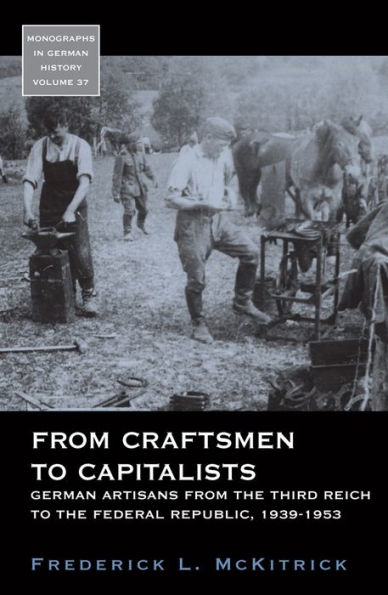Politically adrift, alienated from Weimar society, and fearful of competition from industrial elites and the working class alike, the independent artisans of interwar Germany were a particularly receptive audience for National Socialist ideology. As Hitler consolidated power, they emerged as an important Nazi constituency, drawn by the party’s rejection of both capitalism and Bolshevism. Yet, in the years after 1945, the artisan class became one of the pillars of postwar stability, thoroughly integrated into German society. From Craftsmen to Capitalists gives the first account of this astonishing transformation, exploring how skilled tradesmen recast their historical traditions and forged alliances with former antagonists to help realize German democratization and recovery.
Politically adrift, alienated from Weimar society, and fearful of competition from industrial elites and the working class alike, the independent artisans of interwar Germany were a particularly receptive audience for National Socialist ideology. As Hitler consolidated power, they emerged as an important Nazi constituency, drawn by the party’s rejection of both capitalism and Bolshevism. Yet, in the years after 1945, the artisan class became one of the pillars of postwar stability, thoroughly integrated into German society. From Craftsmen to Capitalists gives the first account of this astonishing transformation, exploring how skilled tradesmen recast their historical traditions and forged alliances with former antagonists to help realize German democratization and recovery.

From Craftsmen to Capitalists: German Artisans from the Third Reich to the Federal Republic, 1939-1953
308
From Craftsmen to Capitalists: German Artisans from the Third Reich to the Federal Republic, 1939-1953
308Related collections and offers

Product Details
| ISBN-13: | 9781785332494 |
|---|---|
| Publisher: | Berghahn Books |
| Publication date: | 09/01/2016 |
| Series: | Monographs in German History , #37 |
| Sold by: | Barnes & Noble |
| Format: | eBook |
| Pages: | 308 |
| File size: | 3 MB |
